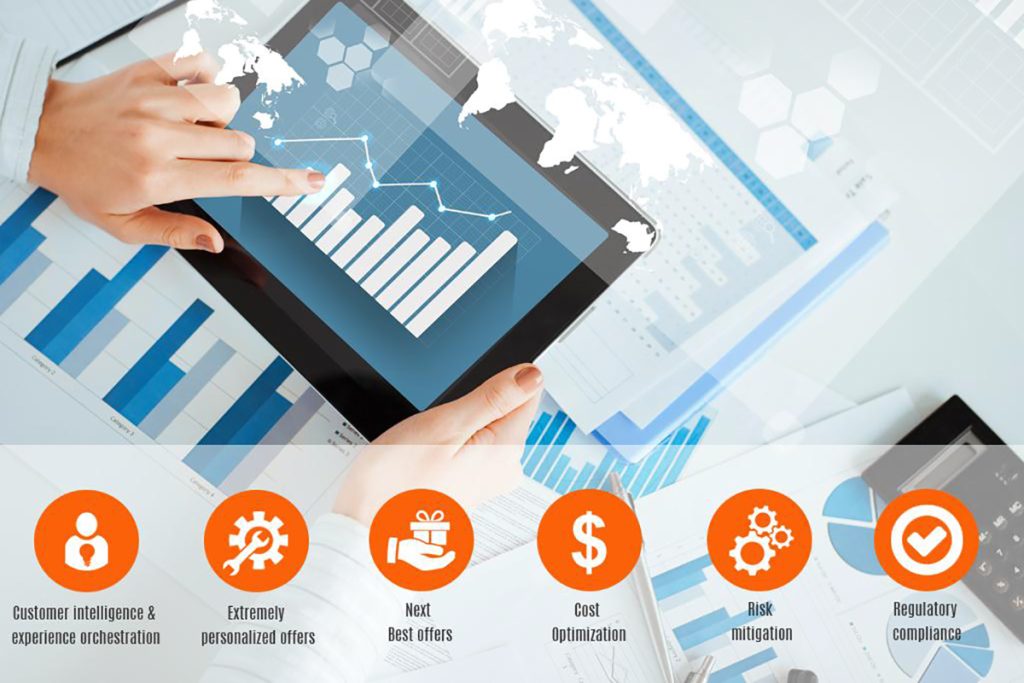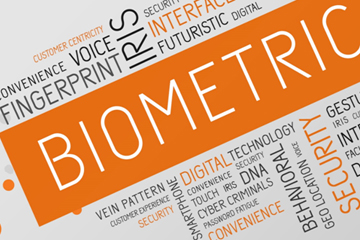
Remember banks more than a decade ago, which were slower organizations, taking unusually long time to service their customers? The banker had to search through a number of files and documents to arrive at the records of any particular customer. Multiple departments across the banks worked in their own silos and individual smaller organizations by themselves. Things changed for the better about a decade ago. Digitalization as a concept was just about emerging with many banks. They were trying to play catch up with the leaders, in digitalizing their operations and dealing with multiple challenges that come up when organizations have to go through a fundamental change in the way of doing business.
Enter a bank today, and it is a transformed world. All information regarding any customer and the subscription details on any products and offers is stored digitally, easily accessible, and therefore the time taken to service a customer is much lesser. But being able to store customer data digitally and access it faster has been reduced to just a hygiene factor today and does not provide the banks with any competitive advantage. In order to stay ahead of competitors, in today’s digital age, the banks need to make intelligent use of the customer data and predict customer priorities and preferences. Customers today are well informed, digitally savvy, know the options in market and tend towards being “hard to please”. Service providers have to be intelligent enough to roll out an offer that is personalized to best suit customer interest, based on parameters like past historical transactions, context, personal preference, behavior, social interactions, and many more. Today’s customer wants to be treated special.
At the same time, banks are constantly trying to find better ways of optimizing the costs associated with compliance to the multiple regulations like Basel III, MiFiD 2, and many more, which necessitates that banks invest in new systems, procedures and practices. These regulations require banks to comply with policies around anti-money laundering, KYC, pricing and billing transparency, liquidity ratios etc. Banks would hugely benefit if they are able to take suitable measures to mitigate the risks associated with non-compliance than pay-up the costs of it at a later stage. A great deal of mitigation can be achieved if banks can make suitable use of data to identify risks at the right time and make course corrections to avoid further damage.
But many banks today, though custodians of large amount of data around customer profile, behavior, preference, historical transactions, etc. are not adept enough to make absolute sense of all the data, tie them together and use them in a methodical way to derive predictive insights and make informed decisions, either in the form of creating customer offers or risk mitigation. Although many banks have mastered the use of traditional analytics (business intelligence), which is largely based on historical static data, the journey towards real-time predictive and prescriptive analytics is a target to be achieved.
Predictive analytics uses a variety of statistical techniques like date mining, predictive modelling, machine learning in order to analyze historical data, current facts, and data from various such sources to make predictions of the future. Whereas, prescriptive analytics goes one step further by using mathematical and computational sciences to arrive at prescriptions as decision options against the predictions made.
Predictive and prescriptive analytics can used effectively to dynamically segment customers in real-time and arrive at the most optimal offer that will suit both the customers’ and the bank’s interests. This can help banks derive useful insights like customer lifetime value and help them cater to the fast changing requirements of the present-day customer. Banks can simulate offers, forecast revenue flow, and optimize offers before they are launched in the market. Product and relationship managers can arrive at the most optimal combination of products to up-sell or cross-sell and therefore acquire a larger share of the customers’ wallet.
Strategies like creation of next best offer to ensure conversion of the customers can be a cake-walk when aided by predictive and prescriptive analytics. Performance of offers and customer segments, post subscription, can be tracked with analytic dashboards that can provide further actionable insights when coupled with advanced analytics. Customer satisfaction can be tracked in real-time, with available options like social listening, and suitable actions be taken to retain unsatisfied customers.
While usage of advanced analytics to get closer to the customer and arrive at the most optimal offer is one of the most popular applications, the advantages are not limited to just that. Analytics can play a major role in helping banks comply with regulations and risk mitigation. Analytics, when implemented correctly, can provide useful information around calculating the creditworthiness of a customer and help track instances of revenue leakage, due to otherwise untracked transactions. Stress tests backed by analytics can help keep a check on performance of the bank against market fluctuations. Banks can also ensure compliance to regulations by forecasting cash reserve and working capital requirements in real-time.
Extending the usage further, analytics can also be used to manage the partner ecosystem more efficiently. Be it partners like retailers, merchants, loyalty partners in the retail banking space, or other fellow banks in the correspondent and corporate banking space, revenue share and profitability factors across the partners ecosystem can be easily managed when backed by analytics.
A huge number of platforms offering advanced analytical capabilities are available today for organizations to choose from. Gartner Magic Quadrant for advanced analytical platforms lists SAS, IBM, KNIME, RapidMiner and Dell as the Leaders.
But not many banks have been able to extract complete value from these platforms due to issues like legacy processes and siloed architecture of the technology ecosystem in the bank. Many of them have fallen behind due to the lack of an achievable strategy to leverage analytics.
While banks figure out ways to overcome these challenges, they do not seem to have much time to go up the learning curve. To achieve sustainable competitive advantage in this fast-moving world, these banks will soon need to make the necessary investments and process changes and get up to speed with advanced analytics, before it is too late. Else the banking ship is bound to sink and we might only find smaller and faster yachts sailing in the sea!!
Smruthi Bangera
Smruthi, is a marketeer working in the financial services domain, and can be reached at @SmruthiBangera.
